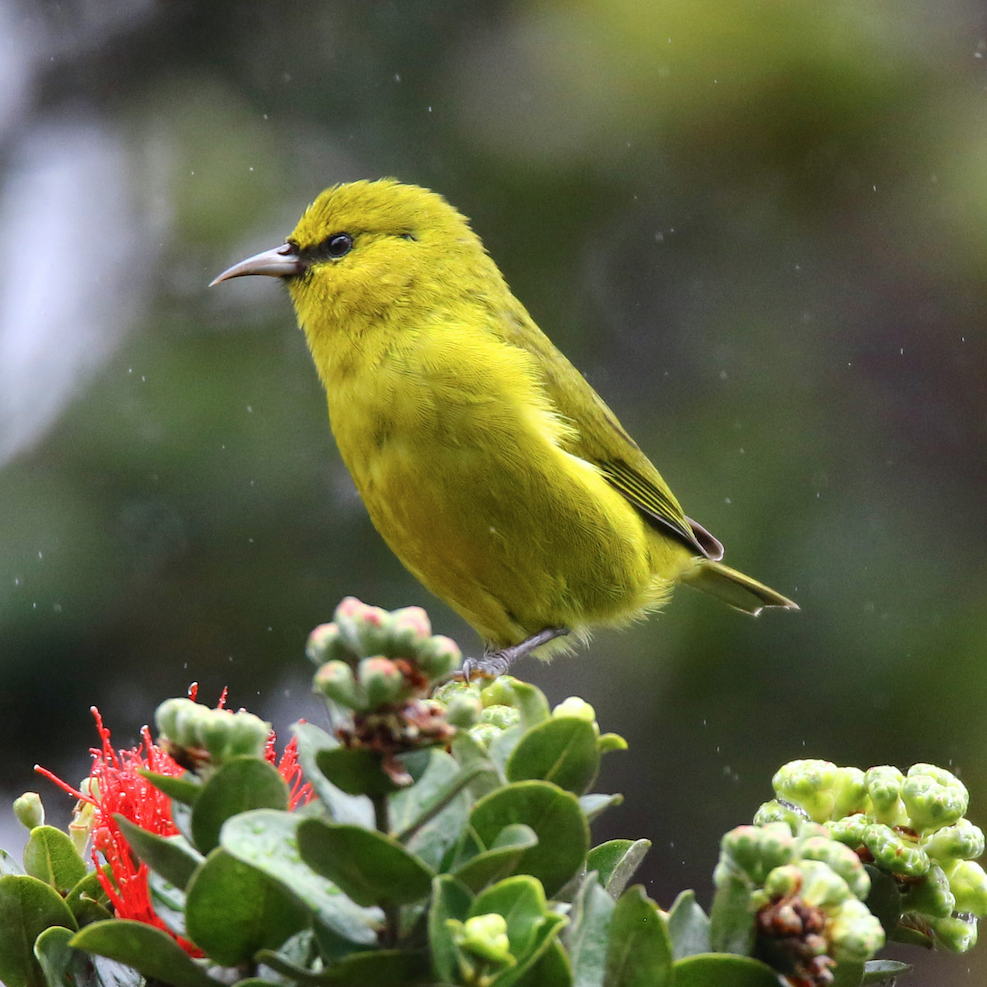- ImageCLEF 2024
- LifeCLEF 2024
- ImageCLEF 2023
- LifeCLEF 2023
- ImageCLEF 2022
- LifeCLEF2022
- ImageCLEF 2021
- LifeCLEF 2021
- ImageCLEF 2020
- LifeCLEF 2020
- ImageCLEF 2019
- LifeCLEF 2019
- ImageCLEF 2018
- LifeCLEF 2018
- ImageCLEF 2017
- LifeCLEF2017
- ImageCLEF 2016
- LifeCLEF 2016
- ImageCLEF 2015
- LifeCLEF 2015
- ImageCLEF 2014
- LifeCLEF 2014
- ImageCLEF 2013
- ImageCLEF 2012
- ImageCLEF 2011
- ImageCLEF 2010
- ImageCLEF 2009
- ImageCLEF 2008
- ImageCLEF 2007
- ImageCLEF 2006
- ImageCLEF 2005
- ImageCLEF 2004
- ImageCLEF 2003
- Publications
- Old resources
You are here
BirdCLEF 2022 - Main task

Motivation
As the “extinction capital of the world,” Hawaii has lost 68% of its bird species, the consequences of which can harm entire food chains. Researchers use population monitoring to understand how native birds react to changes in the environment and conservation efforts. But many of the remaining birds across the islands are isolated in difficult-to-access, high-elevation habitats. With physical monitoring difficult, scientists have turned to sound recordings. Known as bioacoustic monitoring, this approach could provide a passive, low labor, and cost-effective strategy for studying endangered bird populations.
Current methods for processing large bioacoustic datasets involve manual annotation of each recording. This requires specialized training and prohibitively large amounts of time. Thankfully, recent advances in machine learning have made it possible to automatically identify bird songs for common species with ample training data. However, it remains challenging to develop such tools for rare and endangered species, such as those in Hawaii.
In this competition, you’ll use your machine learning skills to identify bird species by sound. Specifically, you'll develop a model that can process continuous audio data and then acoustically recognize the species. The best entries will be able to train reliable classifiers with limited training data.
Data collection
The training set used for the challenge will contain approximately 15K recordings covering 152 species from the chain of islands of Hawaii. Training recordings were collected by citizen scientists for the Xeno-canto network. The test set will contain soundscape recordings from different recording locations on Hawaii. In this challenge, we're targeting 10 endangered Hawaiian species for which only very few training recordings are provided (due to the lack of publicly available data). The test data contains expert labels for all ten target species (plus some additional off-target species) and will remain hidden as in previous editions.
Task description
Participants will have to develop a detection model using short recordings of individual birds. For testing, the model will be applied to continuous soundscape recordings of varying complexity. Participants are asked to train classifiers that can detect the 21 target species in complex acoustic environments, despite the lack of training data. Due to this, this year's challenge can be seen as a few-shot learning problem.
How to participate ?
BirdCLEF 2022 will be held on Kaggle.
Click here to participate: BirdCLEF 2022 Competition Website on Kaggle.
Prizes
The best scoring submissions will be awarded a cash prize:
1st Place - $2,500
2nd Place - $1,500
3rd Place - $1,000
We will also award the two best working notes:
Participants of this competition are encouraged to submit working notes to the BirdCLEF 2022 conference. As part of the conference, a BirdCLEF working note competition will be held. The two winners of the best working note award will be granted GCP cloud credit funds of $2,500.
